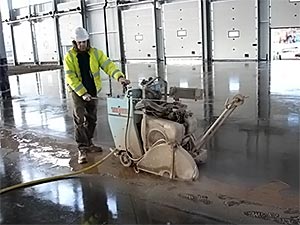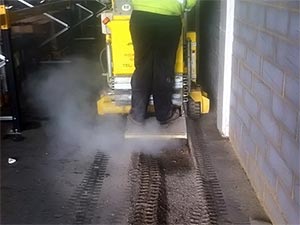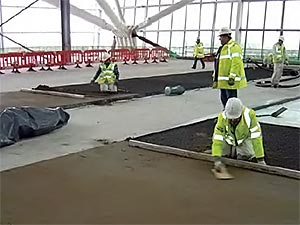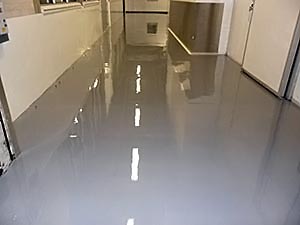Definitions: S

Sand and Cement Screed is widely understood as a traditional semi-dry floor screed, usually a cementitious material made of sand & cement mixed at a ratio of between 3 to 5 parts sand & 1 part cement.
Read More

Debonded dowels on cages are placed in position prior to casting so that once the slab is cast cuts can be sawn into the slab to form a joint.
Read More

Joints designed to allow limited movement to relieve shrinkage-induced stresses in a slab at predetermined positions.
Read More

These are the most common form of restrained movement joints. They are formed by cutting the slab at predetermined points to to induce cracks which divide the slab into panels relieving the shrinkage stresses in the slab.
These cuts should be made within 24 hours of casting to ensure that the shrinkage stresses have not already exceeded the tensile capacity of the concrete.
Read More

A scabbling is used to reduce high spots in concrete floors or as a method to mechanically prepare the surface of a concrete floor.
Read More

The designer employed by client or principal contractor who is responsible for the overall design and specification of the building and floor.
Read More

is a word that can be used in various ways in the concrete floor industry.
Read More

Screeding is the levelling of the surface of a concrete slab shortly after it has been placed.
Read More

is the separation of the different types of particles in a fresh concrete mix due to a difference in their properties.
Read More

can be cementitious or resin screeds that are mixed to a fluid consistency and flow applied on to the substrate.
Read More







